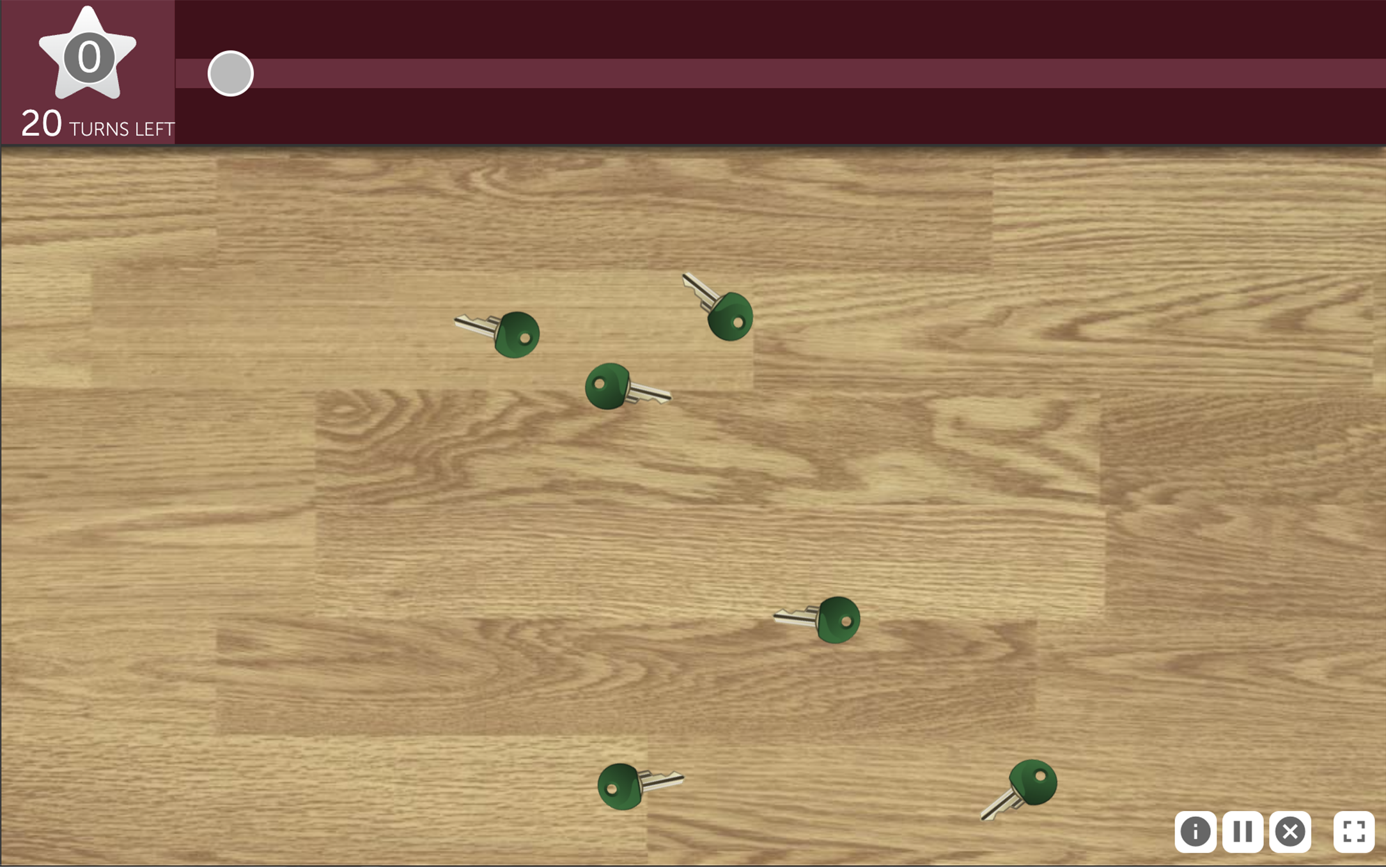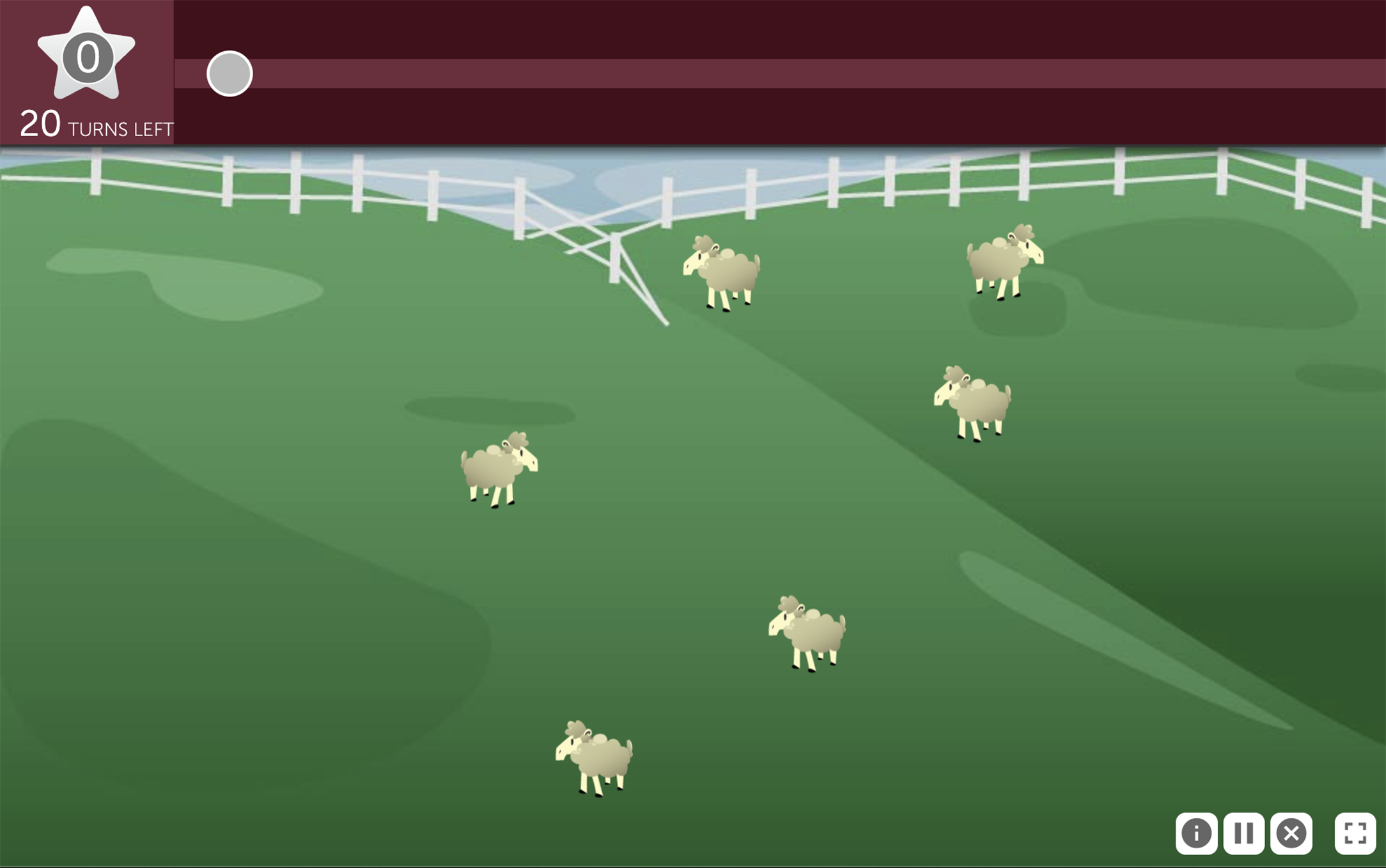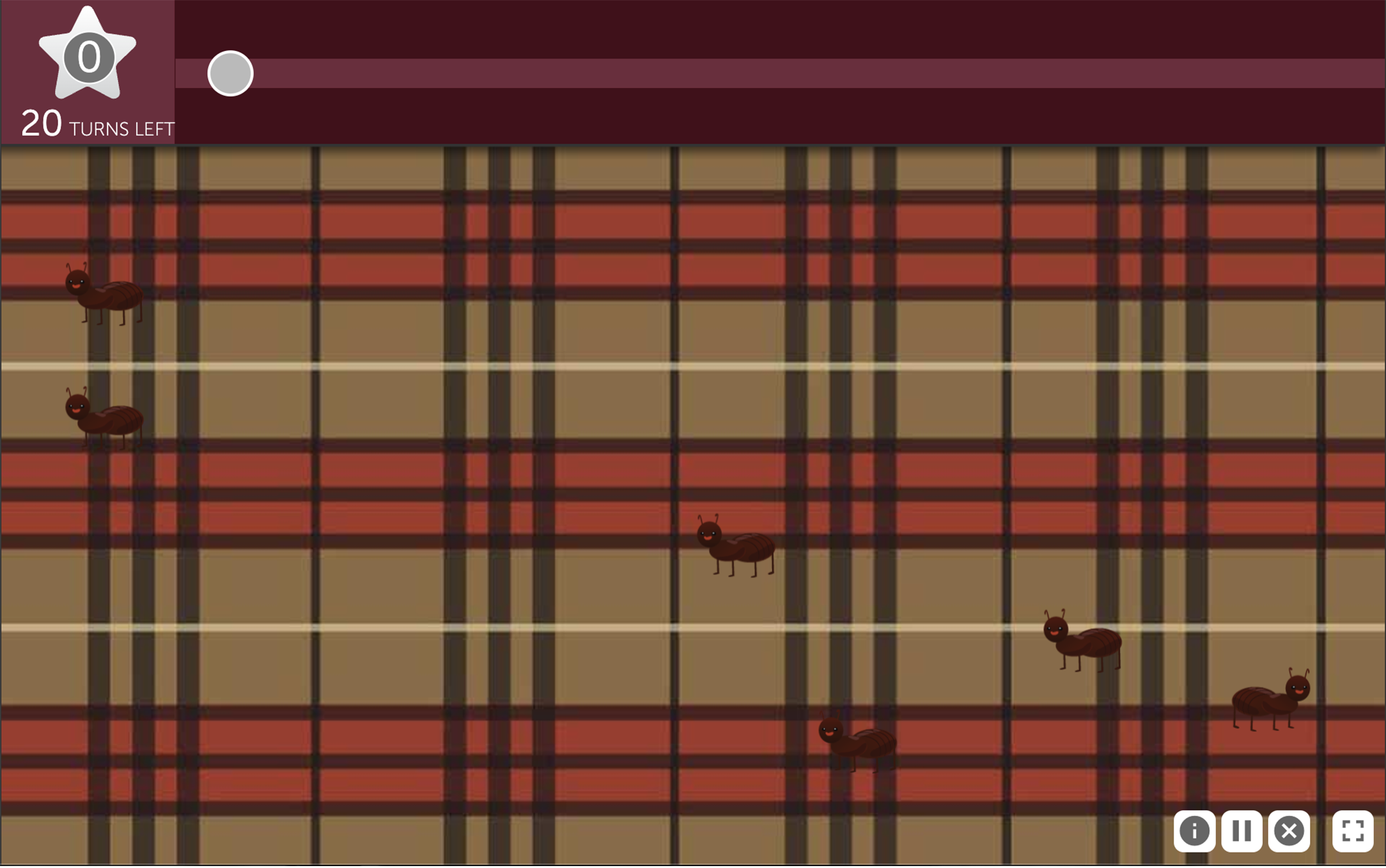 Imagine you’re watching your child run around a playground with other kids. You look away to talk to another parent. When you glance back, you see that your child is no longer there. Making that observation very quickly allows you to change your search and locate your child before he or she gets in trouble.
Imagine you’re watching your child run around a playground with other kids. You look away to talk to another parent. When you glance back, you see that your child is no longer there. Making that observation very quickly allows you to change your search and locate your child before he or she gets in trouble.
Or think about looking at your spice rack for the thyme. You’re halfway through your search when you’re interrupted by a dog barking outside. You look out the window, then back at the spice rack. Do you remember what you’ve already searched so you can pick up where you left off, or do you have to start over again?
In everyday life, we constantly scan scenes in the world around us like in the examples above. Remembering what’s where as you glance away is an incredibly important skill, because it enables you to continue your scan and spot important changes when you glance back. In people with cognitive problems, this skill is seriously impeded.
Scene Crasher is designed to challenge your ability to hold the details of a scene in your working memory. In scientific terms, it’s a “delayed-recognition span” exercise. In the exercise, you’ll see several items (such as sheep or keys) flash on screen. After they disappear, they reappear—but with one additional item. Your task is to remember the scene from the first flash well enough to spot what changed when it reappears.
(Between the two scenes, you will briefly see a fuzzy screen. This screen is there to erase your visual impression of the first scene, which can persist for a short time even without using your memory. By including the fuzzy screen between the two scenes, we ensure that your working memory is truly what’s getting the workout.)
As you level up, the exercise changes in three ways:
- The “visual emphasis” changes—in other words, the items get harder to see on the background.
- The timing changes: the scene flashes on screen for shorter times.
- The display area increases: the items are arranged further from the center of the screen.
- The items to track change—from keys to sheep, for example.
As you improve in each Scene Crasher level, the number of items in each scene increases.



